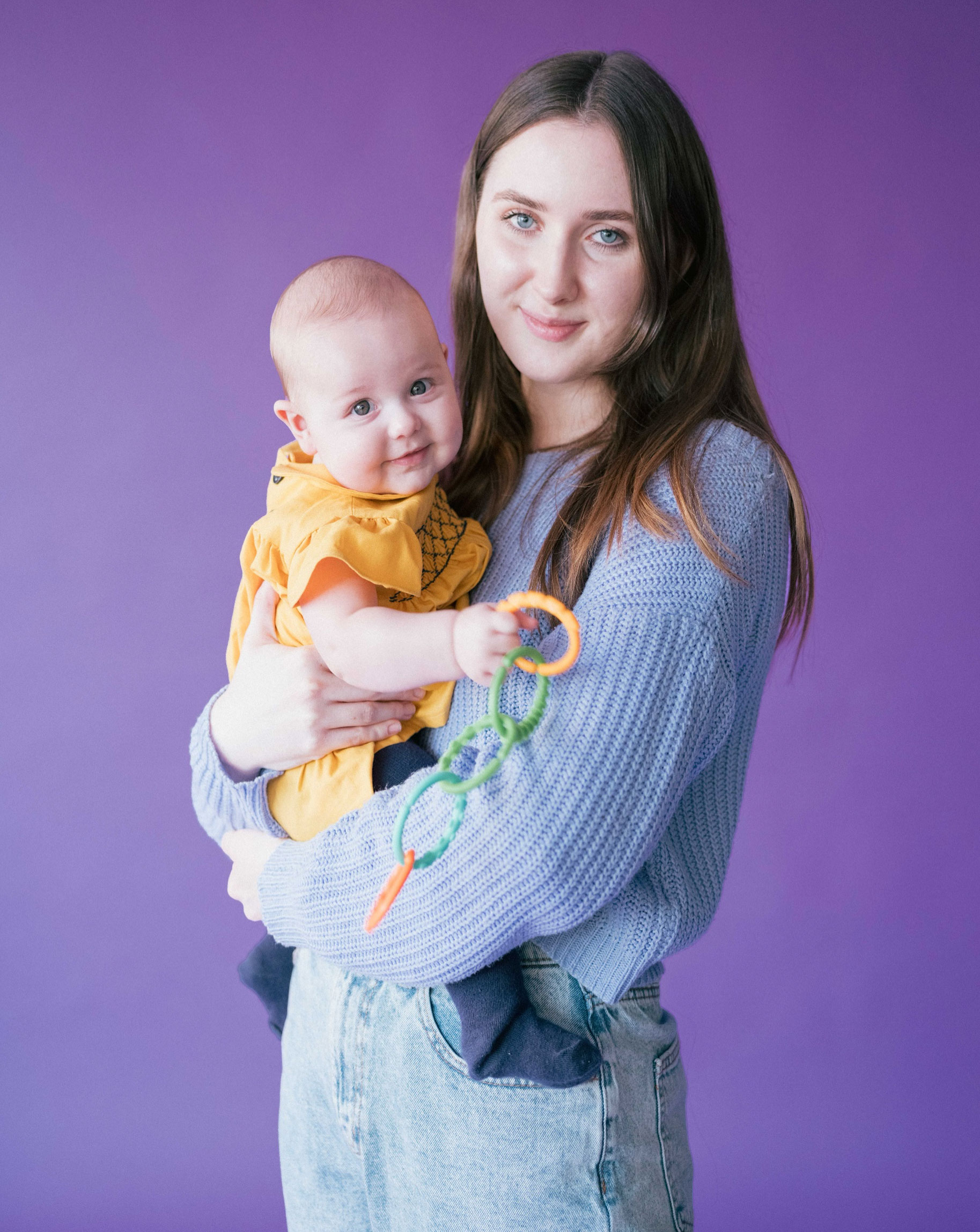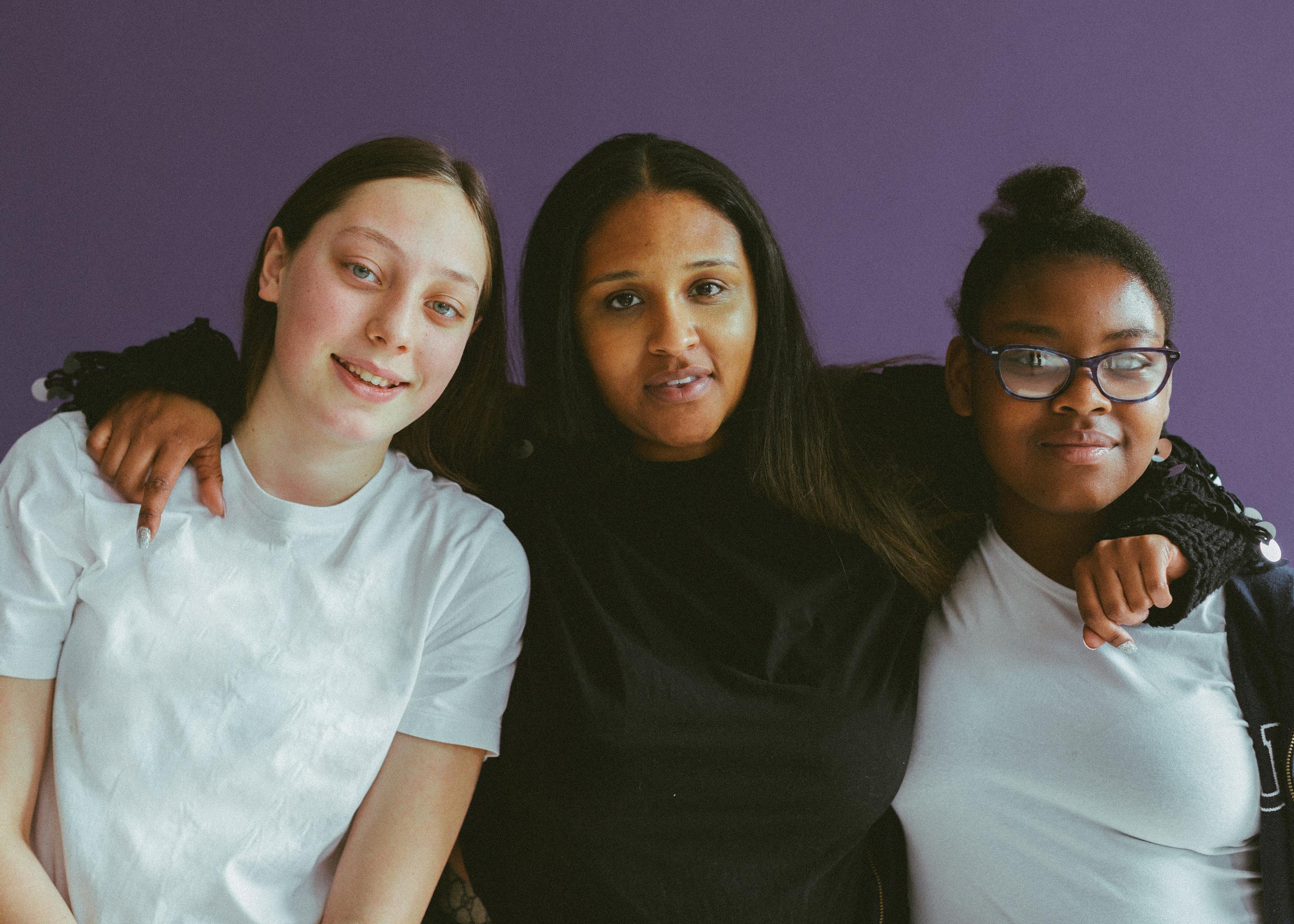
Partnership Working through a lens of working with Developmental Trauma
Current policy and practice around looked-after children stresses that a central aspect of social work practice to achieve meeting the needs of looked-after children is building relationships and collaborating with professionals from diverse backgrounds. This is due to the multiple and complex needs of looked-after children, which require various skills, lenses, people, and professions.
A looked-after child’s social worker is often the lead professional in the network that works around the children we care for, and it is the responsibility of the local authority to assess a child’s needs for services and prepare a care plan that supports a child’s development and progress. The plan must consider permanency and arrangements to meet the child’s health, educational, as well as their emotional and behavioural development, identity, and cultural background, with particular regard to their religious, racial, and linguistic origins.
The plan also involves others, such as policymakers, local leaders, commissioners, professionals, and caregivers, all of whom have a duty of care. It is also our job to critically reflect, advocate, and consider the child’s needs, experiences, and interests, which should be at the centre of decision-making that is about them. This can be a challenging job and can feel like it has enormous implications for the child you are working with or caring for.
An essential factor in social work practice is making best-interest, child-centred decisions that align with a child’s wishes and feelings, where possible. Understanding the wishes and feelings of any child can be a challenge; however, when complex trauma occurs, it brings further complexities to communicating and being understood. Complex trauma occurs when an individual has been exposed to multiple traumatic events that have immediate consequences and long-term outcomes. When complex trauma happens in childhood, it can disrupt a child’s development, which is referred to as Developmental Trauma (DT).
Schore (2009) researched the interpersonal neurobiology of trauma, proposing that a person’s early experiences of abuse and neglect can go on to impact their biological structure and the functioning of the brain and nervous system across the course of their lifespan. Identifying that attachment trauma is particularly harmful in disrupting the developmental trajectory of the brain/mind/body systems. The impact of interrelation harm is also about the neurological developmental opportunities the brain is missing out on. It is through healthy interpersonal communication that brain growth and development are stimulated. Particularly, the development of self-regulation processes that stabilise the mind to be open, objective, and communicate effectively about internal and external realities.
Schore (2009) indicates that children who have experienced complex trauma may struggle to relate to us (i.e., professionals) in a way that helps to understand their experience. This means that interrupting behaviours and understanding hidden needs are key to responding appropriately to needs within care planning. Due to the children’s complex histories, more time may be necessary to develop a relationship in which the children’s defences could be lowered and their internal world can be understood. To advocate for and create a care plan in a child’s best interest, while considering their true wishes and feelings, requires time, consistency, and building a relationship. Part of the Therapeutic Consultant’s role at Ascent is to also work with the professional network to be curious about the child’s inner world and understand how their early life experiences have shaped or influenced how they perceive or interact with the world. And therefore, help the professionals network, including the foster parents, to think about how we support them.
At Ascent, we are passionate about hearing our children’s voices. There are many ways in which we support our children in having different platforms to express their views. This may be at their education or review meetings with the support of their foster parents, mentors or therapists. We also enable our young people to shape Ascent services and provisions through our annual Children’s Consultation and Youth Council.
Ravalier et al.’s (2020) research into social care identified that a key contribution to stress for social workers was connected to case allocation, the complexity of cases, coupled with the increase in paperwork, which then hindered their ability to have the time to build meaningful relationships and complete direct work to inform decision-making. This research demonstrates the importance of how, as part of the professional network supporting the foster family and child, we build these key relationships, where connection can occur and a child’s internal world can be seen (i.e., unspoken fears, competing desires, or quiet struggles). Accordingly, this will help facilitate care plans that are tailored to meet individual needs. Therefore, at Ascent, our therapeutic thinking enables us to reflect and explore as a network some of the challenges, but also work together to enable a child to thrive.
It can be challenging, as well as rewarding, to work with people who have experienced complex trauma. It may involve a lot of firefighting and may, at times, feel relentless. This is often because a child is usually attached to many dysfunctional systems. Remembering that this is a systemic issue and taking the time to pay attention to how it could be impacting you as a foster parent or professional, you’re loved ones, and your environment is essential. Reflective practice is a crucial part of this, and at Ascent, each Therapeutic Consultant will meet with foster parents and Supervising Social Workers to reflect on the presenting needs and challenges the network, or the child, may be facing and think through how to overcome these. We also encourage and promote the importance of prioritising self-care, as it is critical for anyone working with complex trauma to maintain balance and prevent burnout.
Josephina Thomas, Therapeutic Consultant
If you would like to find out more about fostering and the amazing difference you could make in a young persons life. Give usa call on 0203 757 0070 or click HERE to receive a call back. We’d be happy to answer any questions you may have on fostering and take you through the process.










Recent Comments